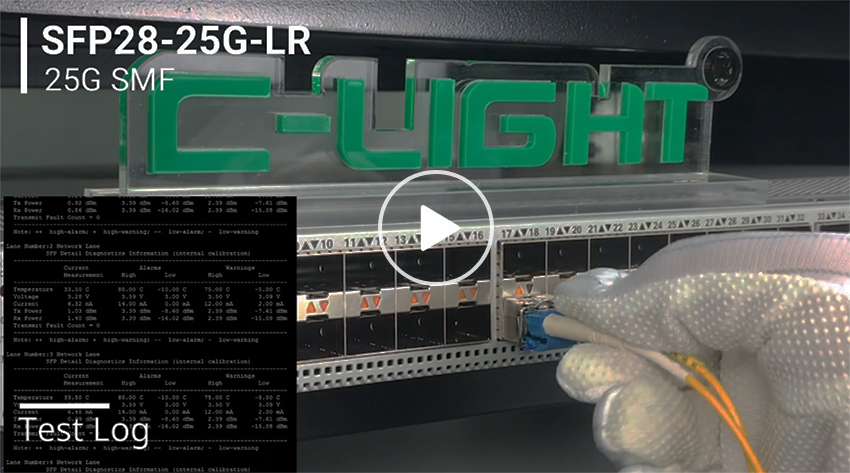The number of global hyper data centers grew from 259 in 2015 to 485 in 2020. 83% of public cloud servers and 86% of public cloud loads will be hosted in super data centers. In addition, the data traffic of global super data centers increased five times from 2015 to 2020, and the substantial increase in data center traffic drives the upgrade of datacom optical modules from 10G / 40G to 25G / 100G.
Data center upgrades will increase the demand for optical modules
At the same time, according to the prediction of relevant institutions, the global datacom optical module market size in 2016 was US $ 3.107 billion, an increase of 42.52% year-on-year. By 2021, the datacom optical module market size will reach US $ 6.096 billion, with a compound growth rate of 19%; of which, 100G optical modules will show high-speed growth. By 2020, the market size will reach approximately USD 2.192 billion, with a compound growth rate of 76.35%.
Tianfeng Securities recently pointed out that the current global network traffic will maintain a growth rate of about 30% driven by new demands such as high-definition video, live broadcast, and VR. The expansion of data centers will continue to generate stable demand for optical modules. At the same time, the overseas market is driven by new applications such as cloud computing. The evolution of data centers to improved three-tier and two-tier architectures will generate strong incremental demand for high-speed optical modules. In contrast, the domestic high-speed optical module market has not yet started.
The growth of traffic promotes the prosperity of optical communication, and the value of optical modules and chips is prominent. Global mobile traffic has doubled year by year. The burst of traffic will promote the prosperity of the optical communications market. The iteration of the network will continue to promote the demand for optical module updates and upgrades. In 2020, the global optical module market will exceed $ 7.1 billion, and the high-end optical module market will grow by more than 24%. At the same time, the optical device market will increasingly focus on optical chips upstream of the value chain. Optical chip and component costs account for 50% to 70% of the cost of optical modules. At present, the company's business in China with optical chip production capacity is concentrated in low-end product chips, and the domestic production rate of high-end chips of 25Gb / s and above is only 5%. In the short term, companies with leading packaging and testing capabilities will take the lead in capturing share and profit. In the long term, companies with core capabilities in optical chip technology will have obvious advantages.

The construction and upgrade of 5G bearer network has helped the soaring of optical modules, and market demand is nearing the tipping point. The commercial use of 5G will further detonate traffic growth. The pressure of traffic explosion puts forward new requirements such as large bandwidth and low latency for the bearer network, coupled with the gradual weakening of the operator's position and the increasingly fierce competition in the development environment, driving the revolutionary changes in 5G's network architecture. The construction of the bearer network is faced with large-scale deployment of base stations and the upgrading of core network equipment, which vigorously promotes the optical communication industry. It is believed that the 5G fronthaul networking solution may coexist with fiber direct drive and OTN. 5G midhaul and backhaul OTN are feasible. It is predicted that the overall construction of 5G in China will add approximately 4.4 million macro base stations. The market has grown by about 62 billion yuan, and the market has unlimited potential.
The demand for Internet enterprise data centers has been released, forming an important new downstream of optical modules. Global cloud computing is developing rapidly. It is expected that the total number of super data centers will increase to 485 in 2020. The data center investment of the four major Internet companies in North America has reached 60% of the three major operators in North America. Leaf ridge network architecture is introduced to meet the needs of internal traffic upgrades and to focus on the demand for high-end optical modules such as 40 / 100G. In the future, it will move toward 200 / 400G. The annual compound growth rate of the optical module market in the digital communications field is close to 20%. At present, the number of data centers in China accounts for 8% globally, less than one-fifth of the number one in the United States, and the total number of data center servers owned by BAT is less than half of that in the United States. In the future, the demand for data centers in our country needs to be released. With the Internet data center becoming a new downstream of optical communications, the market for datacom optical modules is expected.
The upgrade of the optical module from 10g to 40g
How does it upgrade and what else is needed? The first is to choose the right 40G optical module and choose a useful 40G promotion strategy is the key! C-light Network Communication will introduce you specifically:
Before upgrading from 10G to 40G, you will first face the problem of network product selection. How to choose a suitable 40G optical module and corresponding network products? In addition to considering factors such as capital money, operation and maintenance, bandwidth requirements, and 40G compatibility, it is also very important to select products that have well-established industry standards and standards and sophisticated and versatile skills after the various factors and requirements are balanced. .
1.What is the upgrade strategy for 10G to 40G?
Most 40G fiber networks now conform to the IEEE802.3ba standard. Parallel optical fiber transmission is used. Pre-terminated 12-core or 24-core MPO fiber optic cables are the primary fiber optic connection plan for the next generation of data centers. They are also an upgrade from 10G to 40G. The center of the strategy. The MPO solution is a highly flexible cabling system for fiber optic networks. It is compatible with 10G / 40G progressive upgrades. The network is upgraded on demand with minimal capital expenditure, making the speed faster and higher density. After all, it reaches the bandwidth and funding. Repay the intent to double your agility.
2.10G to 40G upgrade solution
The following describes the 10G / 40G network cabling infrastructure upgrade to resolve common plan to help users understand how to select the most appropriate basis for network cabling products, the planning can smooth upgrade of the network based on 10G to 40G network plan.
Connection scheme: On the basis of the network connection program 10G, the two core MPO trunk cable 12 and the wiring box unchanged, turn each cartridge into MPO adapter, then ends 2 to 3 MPO conversion jumper, converts the 2x12-core fiber channel into a 3x8-core fiber channel, and finally connects three 40G optical modules at each end to complete the 40G signal transmission.
The above is the method and connection scheme of C-light Network Communication to teach you to upgrade from 10G module to 40G module. C-light Network Communication can provide you with satisfactory optical modules and solutions!









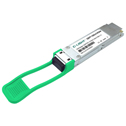

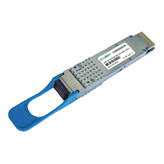

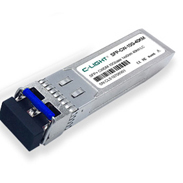
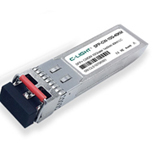
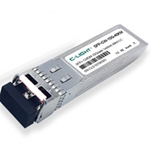
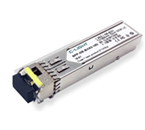
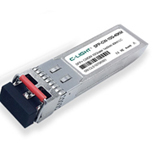
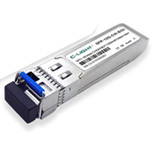



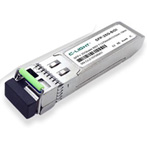
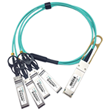
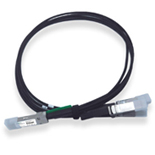
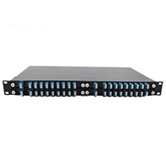
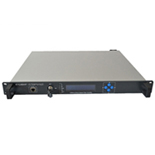
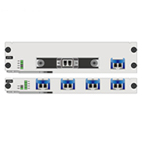

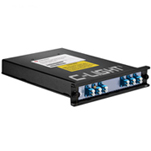
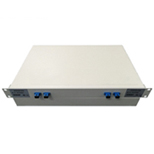


 Your current position:
Your current position: 

